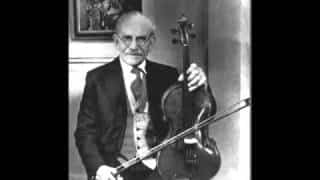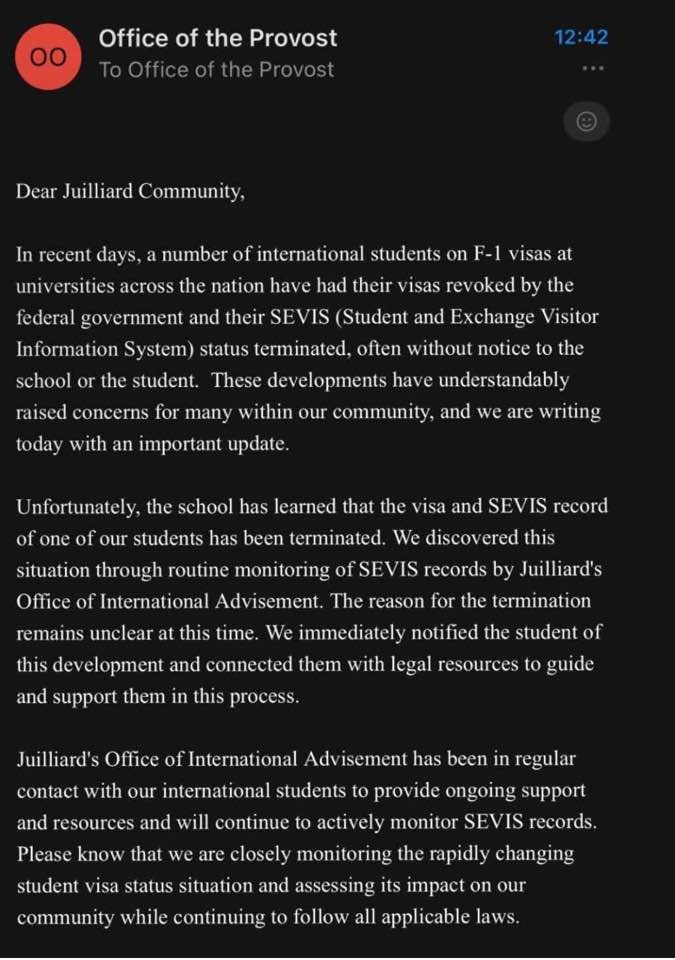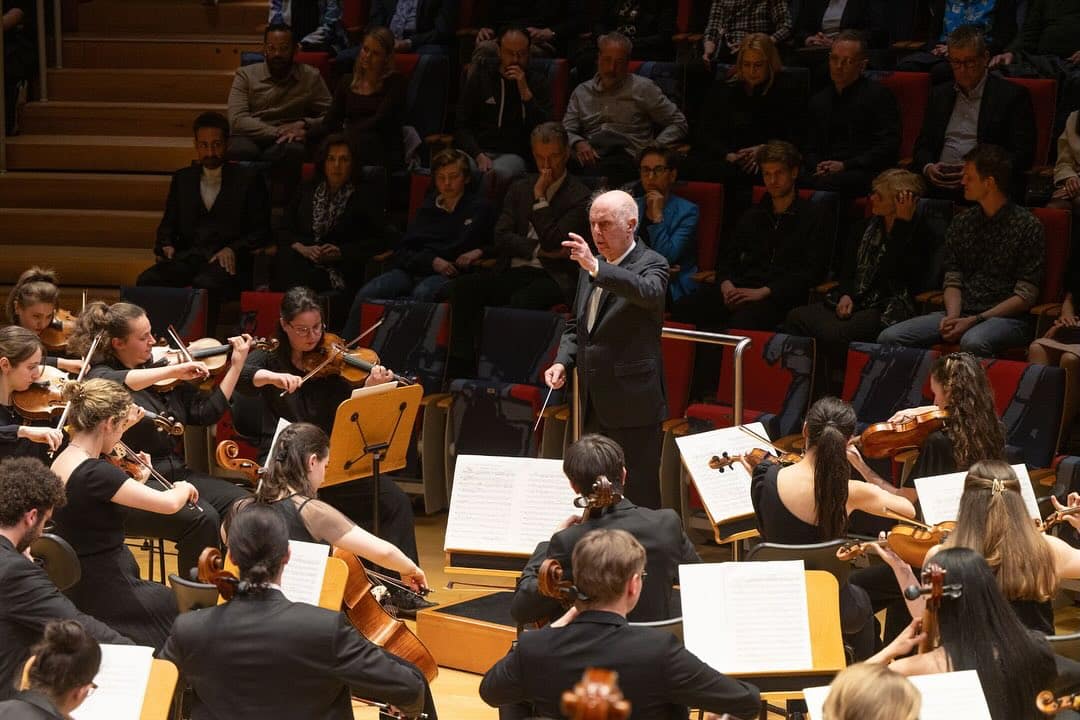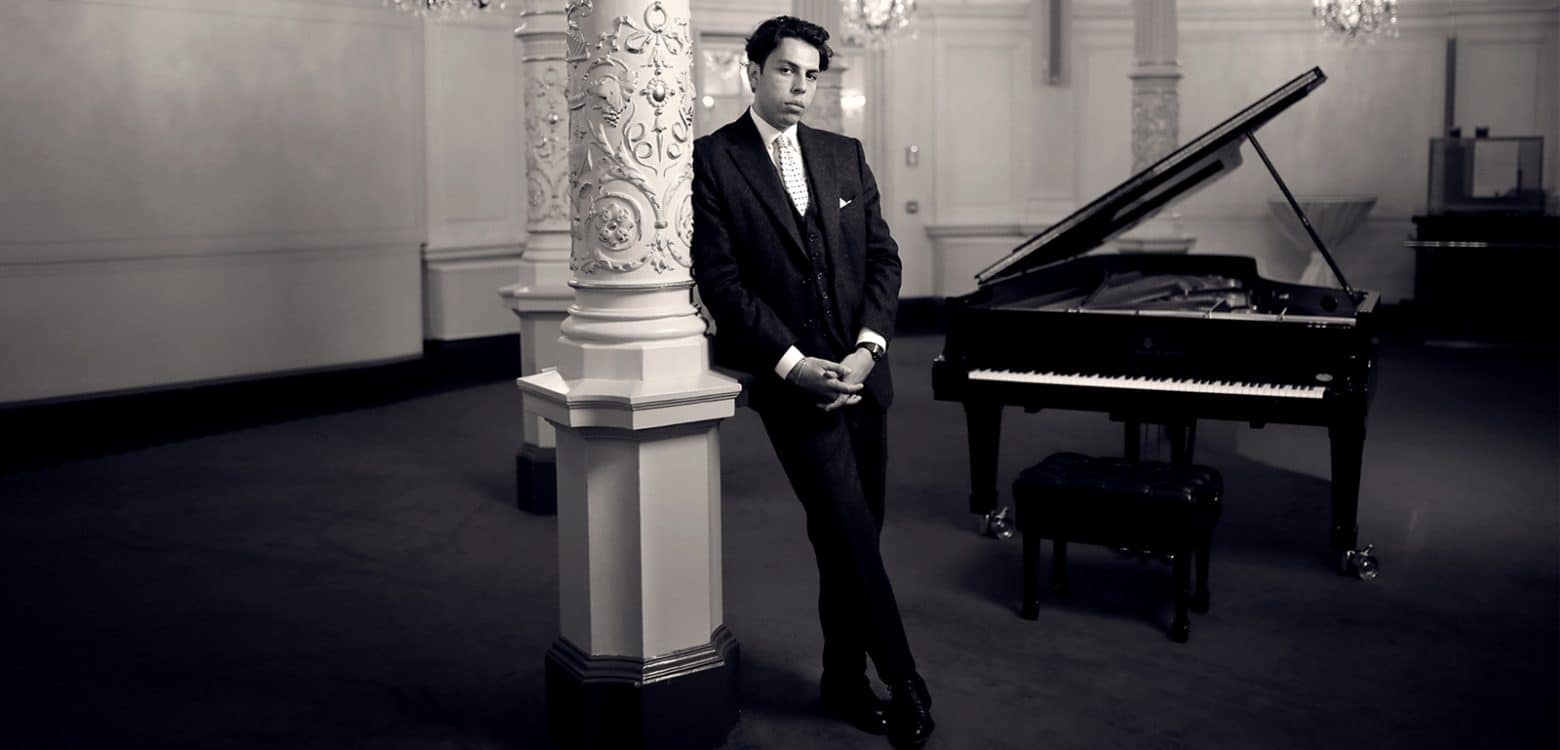A concert star born in Hartlepool
OrchestrasAny guesses?
He came into the world in West Hartlepool, the child of Polish-Jewish immigrants, and entered the Royal Academy of Music as a violinist.
He came out a violist, the first to make a solo career on the instrument.
He died 50 years ago next month at the prodigious age of 98.
Hartlepool have booked a concert in his memory this month.
Go on, it’s on the tip of your tongue.






Comments